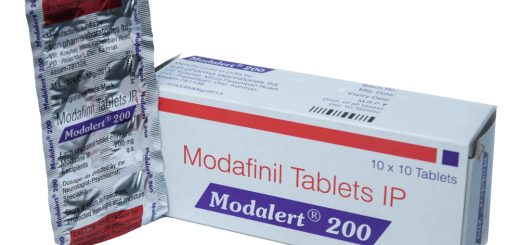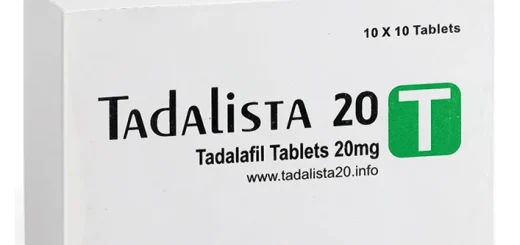What is the best sleeping position for sleep apnea?
Sleep apnea is a common sleep disease that affects millions of people around the world. It is marked by shortstops in breathing while sleeping. It means you get less restful sleep, and your health risks go up, like getting heart disease, high blood pressure, and feeling worn out during the day. Knowing how your sleeping position affects sleep apnea can help you sleep better and handle it better.
This article will explain the science behind the optimum sleeping positions for sleep apnea patients and offer additional helpful advice.
The Best Sleeping Positions for Sleep Apnea
Your sleeping position affects sleep apnea severity. The right position helps open the airway, minimize snoring, and improve sleep breathing. Compare sleeping postures and how they affect sleep apnea:
Side Sleeping (Left or Right)
Sleep apnea benefits the most if slept sideways, either right or left. If you are lying on your sides, then you have control over your snore, and during sleep time, there is no extra chance of your airway being obstructed. In particular:
-
Left-Sided Sleep
It keeps the airway open, preventing throat soft tissues from dropping. It can reduce acid reflux, which many sleep apnea sufferers get owing to their sleep patterns. This will help you breathe and stop snoring for a good night’s sleep.
-
Right-side sleep
Right-side sleeping is better than back or stomach sleeping and stabilizes your airways, although it may not help acid reflux as much.
Prone Position (Sleeping on the Stomach)
Sleeping on your stomach, or “prone,” is one way to treat sleep apnea. The tongue and soft organs move forward because of gravity, which keeps the airways open. But there are some problems:
-
Discomfort
Many people struggle with back sleeping. Stress can cause back, neck, and joint pain, making them stiff in the morning.
-
Neck Strain
Leaning your head back and forth while sleeping on your stomach can hurt your neck. If these folks don’t want to strain their bodies, use a little pillow or none.
It may help clear out your airways so you can sleep on your stomach, but it’s usually not a good idea to do it for long amounts of time because it hurts.
Back Sleeping (Supine Position)
People who have apnea shouldn’t sleep on their backs because it makes the problem worse. When you lie on your back, gravity can flatten the tongue and soft muscles in your throat, making it harder to breathe. If you lie on your back, you can get the following:
-
Apnea episodes that are worse
People who sleep on their backs may have more frequent and worse apnea episodes. Also, this pose makes you more likely to snore, so people with sleep apnea should not do it.
-
More likely to get acid reflux
Also, sleeping on your back can make acid reflux worse, especially if you already have (GERD).
Elevating the Head of the Bed:
For back sleepers, elevating the bedhead by four to six inches can lessen sleep apnea symptoms. This position helps keep the airway open and prevents tongue collapse. Elevate with a wedge pillow or adjustable bed frame. This change reduces snoring, apnea, and acid reflux.
Other Tips for Better Sleep with Sleep Apnea
While optimal sleeping positions for those with sleep apnea are crucial, these strategies can potentially enhance their sleep quality:
Use a CPAP Machine
Some obstructive sleep apnea sufferers use CPAP to sleep. A mask that lets air in keeps your mouth open as you sleep. Working with a CPAP machine and sleeping properly can improve sleep.
Maintain a Healthy Weight
Being overweight or fat might worsen sleep apnea. Because it presses on the airway, neck fat can make breathing difficult. Weight loss with a healthy diet and regular exercise can improve sleep apnea symptoms and overall health.
Avoid Alcohol and Sedatives
Alcohol and sedatives loosen the muscles in the throat, making it more likely that the airway will close while you sleep. Avoiding these things, especially in the hours before bed, can help lower the number of apnea events and improve sleep.
Sleep on a Comfortable Mattress and Pillow
Buy a comfortable mattress and pillow to get a wonderful night’s sleep. A firm cushion and the right pillow can help keep your back straight. If you sleep on your side, a firm pillow can help keep your head and neck straight, which keeps your lungs open.
Practice Good Sleep Hygiene
Good sleep hygiene improves sleep quality and reduces sleep apnea. That includes:
- Going to bed and waking up at the same time every day will help you sleep.
- Cool, dark, and quiet rooms promote sleep.
- Avoiding heavy meals, caffeine, and screens before bed.
Use a Positional Therapy Device
The goal of positional therapy devices is to get people to sleep on their sides instead of their backs, which can make sleep apnea problems worse. These gadgets can be as basic as a special pillow or as high-tech as a bracelet that sounds when the wearer rolls over onto their back, telling them to get back to lying on their side.
Conclusion
Just because it is one of the most dangerous icebergs that we can face in our daily lives, if you are diagnosed with sleep apnea, you will need to work with a medical professional qualified for treatment and make a lot of adjustments in your life. Another solution may be to find the right CPAP machine. To have better airflow while you sleep, sleep on your side instead of your back. A few other symptoms may be exacerbated by lying flat on your back. If the symptoms are severe enough, try raising your upper body in bed. There are a few other things, such as using a CPAP machine, maintaining an ideal body weight, and getting into good sleeping habits, among others, that help as well. Consult a doctor on how to deal with them and lead a better life filled with good health.








